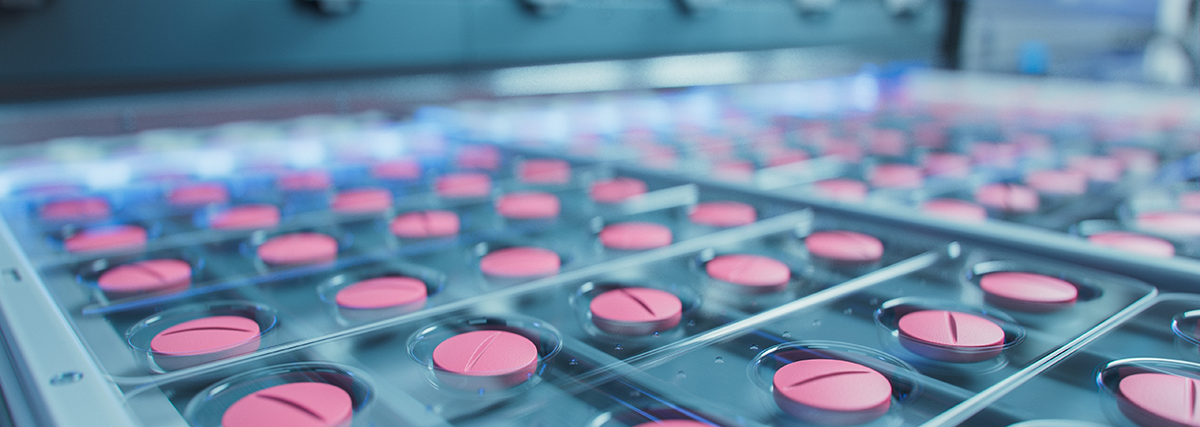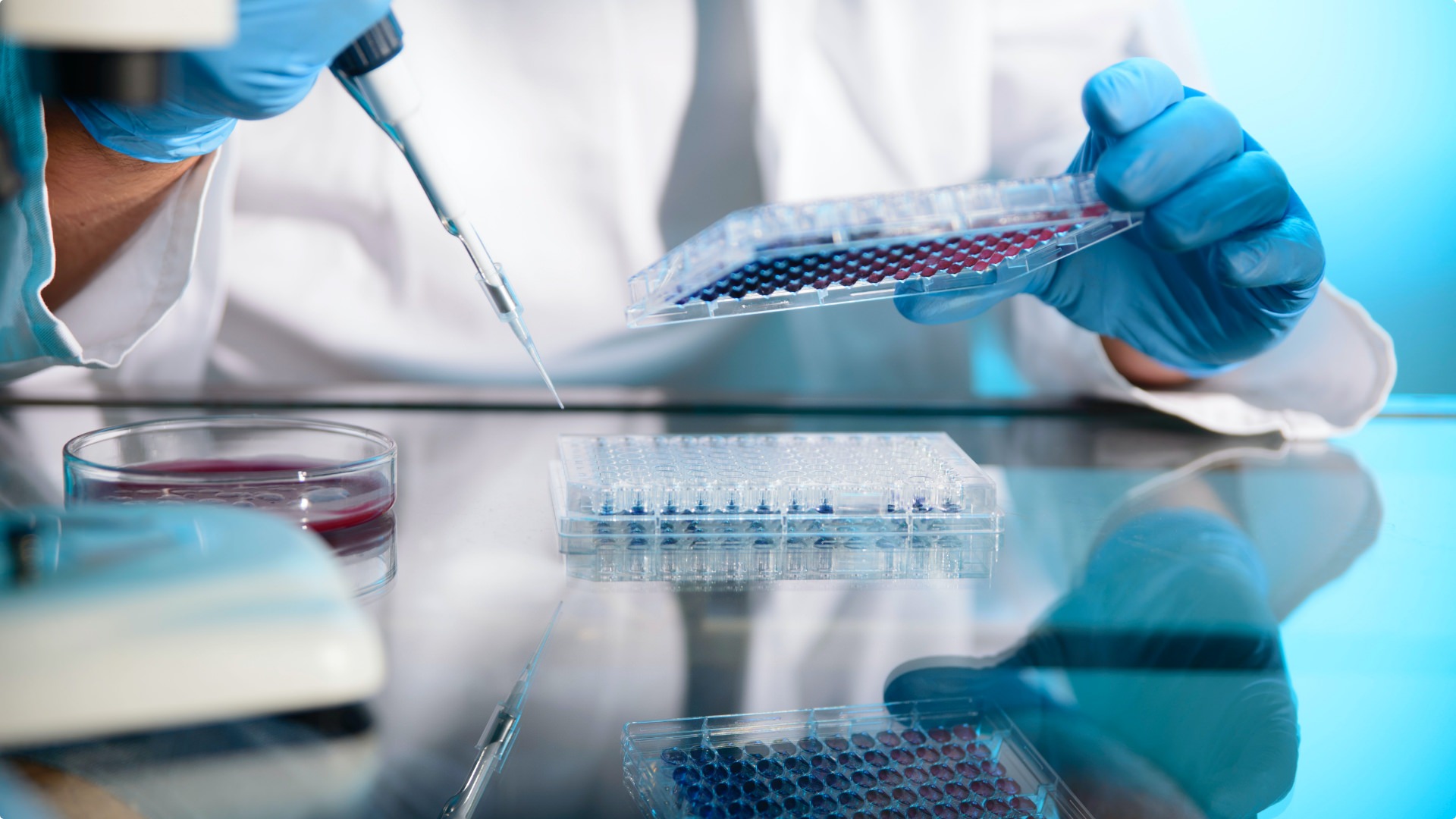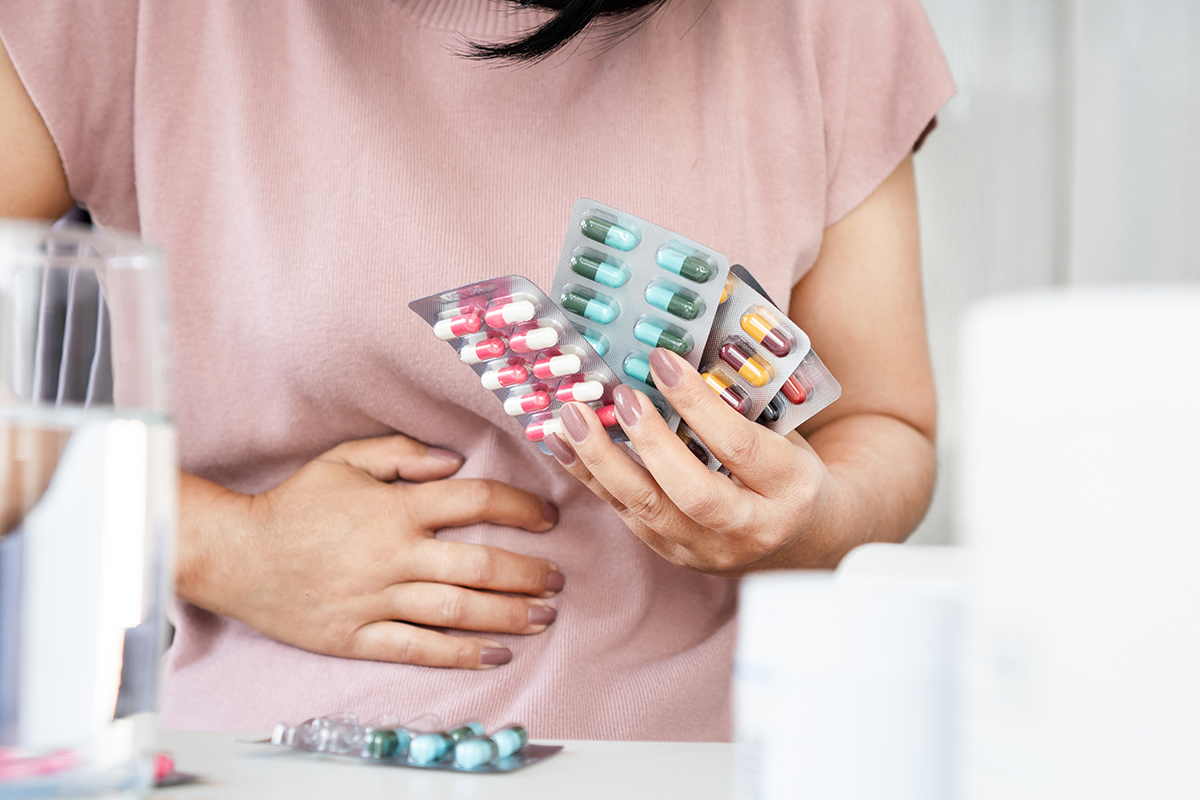The Challenge of Bacterial Contamination in Non-Sterile Drugs
Microbiology plays a crucial role in pharmaceutical product safety, as the presence of microorganisms poses significant risks to patient health. Microbial contamination can compromise a drug’s quality, its pharmacological effects, and adherence to treatment. In some cases, contaminated medications, depending on their administration method, can even be life-threatening.
Apart from the immediate health implications, it’s important to recognize that withdrawing drugs from the market can severely tarnish a company’s image and reputation, leading to a substantial loss in profit and sales volume.
Distinguishing Sterile and Non-Sterile Medications:
Non-sterile drugs are manufactured under conditions that minimize microbiological contamination, although the processes are not as rigorously monitored as those for sterile drugs. Unlike sterile products, there are no strict regulations or guidelines for producing non-sterile drugs, leaving room for interpretation and implementation by the manufacturing companies. Consequently, strategies for controlling microorganisms in non-sterile products must be holistic and well-coordinated. This approach involves establishing effective environmental control systems within production facilities, addressing air quality, water quality, equipment cleanliness, and more.

Microbiological Diversity in Non-Sterile Products:
Understanding the types of microorganisms responsible for contamination is vital for implementing effective control measures. A study by the Food and Drug Administration (FDA) from 2012 to 2019 revealed that gram-negative bacteria are the most common culprits, causing 60% of microbiological contamination cases in non-sterile drugs. Gram-negative bacterial contamination is primarily traced back to water and soil sources. Fungi and yeasts constitute the second most common cause, accounting for 23% of recalls, often spreading through the air, equipment, and personnel moving through production areas.
Water’s Role in Non-Sterile Drug Production:
Water is a fundamental raw material in pharmaceutical manufacturing, used for cleaning equipment, floors, and walls. While drinking water undergoes chemical and physical treatment to reduce microbial and pathogenic species, water for pharmaceutical production receives more aggressive treatment to minimize microorganisms, endotoxins, and organic and inorganic compounds. However, certain bacterial groups can thrive in oligotrophic environments with low nutrient concentrations, adapting by forming bacterial communities or biofilms. These biofilms can pose significant challenges in distribution systems if proper disinfection and maintenance protocols are not followed.
Pharmacopoeia Guidelines for Non-Sterile Products:
The three major Pharmacopoeias—American (USP), European (EP), and Japanese (JP)—have standardized microbiological control for non-sterile products, distinguishing between quantitative and qualitative control. Quantitative control determines the number of mesophilic microorganisms, molds, and yeasts in a sample, while qualitative control focuses on specific pathogenic indicators. These indicators represent various bacterial populations, including Escherichia coli, Salmonella spp, Candida albicans, Clostridium, Pseudomonas aeruginosa, Staphylococcus aureus, and bile-tolerant bacteria.
However, the use of these indicators does not eliminate the possibility of other, unlisted microorganisms causing issues during production. These unlisted microorganisms, referred to as “objectionable microorganisms,” are on the rise, posing an increasing risk to patients.
The debate about whether to expand the list of objectionable microorganisms in Pharmacopoeia guidelines is ongoing, highlighting the evolving challenges in ensuring the safety of non-sterile drugs.



